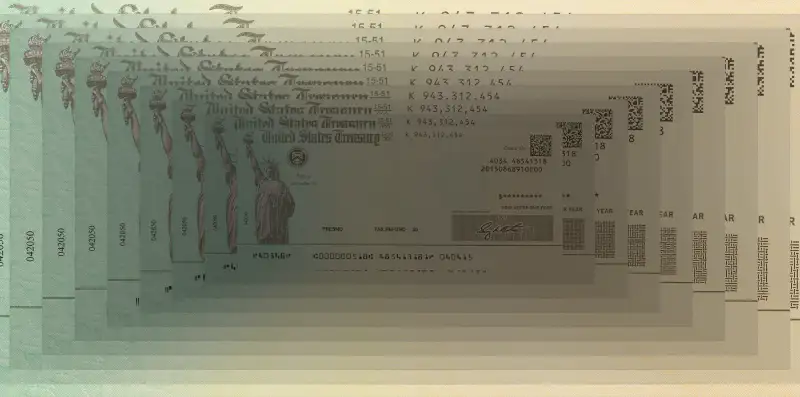Many Americans Are Getting Smaller Tax Refunds This Year. Here's How to Know If You'll Be One of Them

Millions of Americans are now filing taxes for the first time since Congress's 2017 tax cuts went into effect.
But if you're expecting a big refund, you might be disappointed.
In fact, the IRS reported on Friday that during the first week in February it processed 13.3 million tax returns, with an average refund of $1,865—about 8% less than last year. Some frustrated taxpayers have been complaining on Twitter:
So what's going on?
Roughly 80% of taxpayers did indeed end up owing less in taxes as a result of the Tax Cuts and Jobs Act, said Nicole Kaeding, director of federal projects at the Tax Policy Center, a nonpartisan research group. Only about 5% of people will end up paying more, she said.
Most people who are upset about their lower refund may simply be misunderstanding the way the IRS collects taxes. In January last year, the IRS sent instructions to employers to adjust the amount of money withheld from taxpayers' paychecks to account for lower taxes under the new law.
In other words: "You’ve been receiving the tax cuts every two weeks" for the past year, said Kaeding—even if your refund ended up being lower in the end.
Which isn't necessarily a bad thing. While it can be fun to get a surprise windfall from the IRS when you file, that's not ideal for either taxpayers or the IRS, according to Kaeding. Money that sits in the IRS coffers until it's refunded each spring essentially represents an interest-free loan by taxpayers to the federal government. Meanwhile, the government itself would prefer a steady, predictable stream of revenue to funds its operations instead of paying it out in bulk after filing season.
That said, there are some types of taxpayers who are more likely to get back more than they expect, and some who could be facing disappointment. See where you fall:
Most likely to see a bigger refund: Parents and Freelancers
Among the major changes in the Tax Cuts and Jobs Act was an expansion of the Child Tax Credit. The value of the credit was doubled to $2,000 from $1,000, while the income threshold for those able to fully claim it was raised to $200,000 for singles and $400,000 for couples, allowing many more American families to qualify. Because the IRS has to use a single formula to calculate withholding for all taxpayers, Kaeding says many parents may find the formula didn't fully account for the benefit of the new, larger credit. The upshot for many of these filers: a bigger refund.
Another major beneficiary of the new tax rules are freelancers and small business owners who received what the tax code considers "pass-through income." (If you receive a 1099 instead of a W-2, you are likely in this group.) The Tax Cuts and Jobs Act created a new 20% deduction for pass-through income in an effort to boost job creation. Since many self-employed workers estimate their own taxes rather than have an employer do it for them, anyone who didn't take into account the new deduction could also be in for an unexpected windfall when they file this year.
Most likely to see a smaller refund: Residents of high-tax states
While the Tax Cuts and Jobs Act offered taxpayers plenty of perks, one it curtailed was the ability to deduct state and local taxes paid from your federal tax bill. Taxpayers who in previous years saw their bills dramatically reduced by these deductions and didn't adjust their withholding in 2018 could end up with disappointingly small refunds or even unexpected tax bills, according to Mark Mazur, director at the Tax Policy Center.
Under the new rules, "they might find, those deductions aren't worth as much as they thought," he said.
